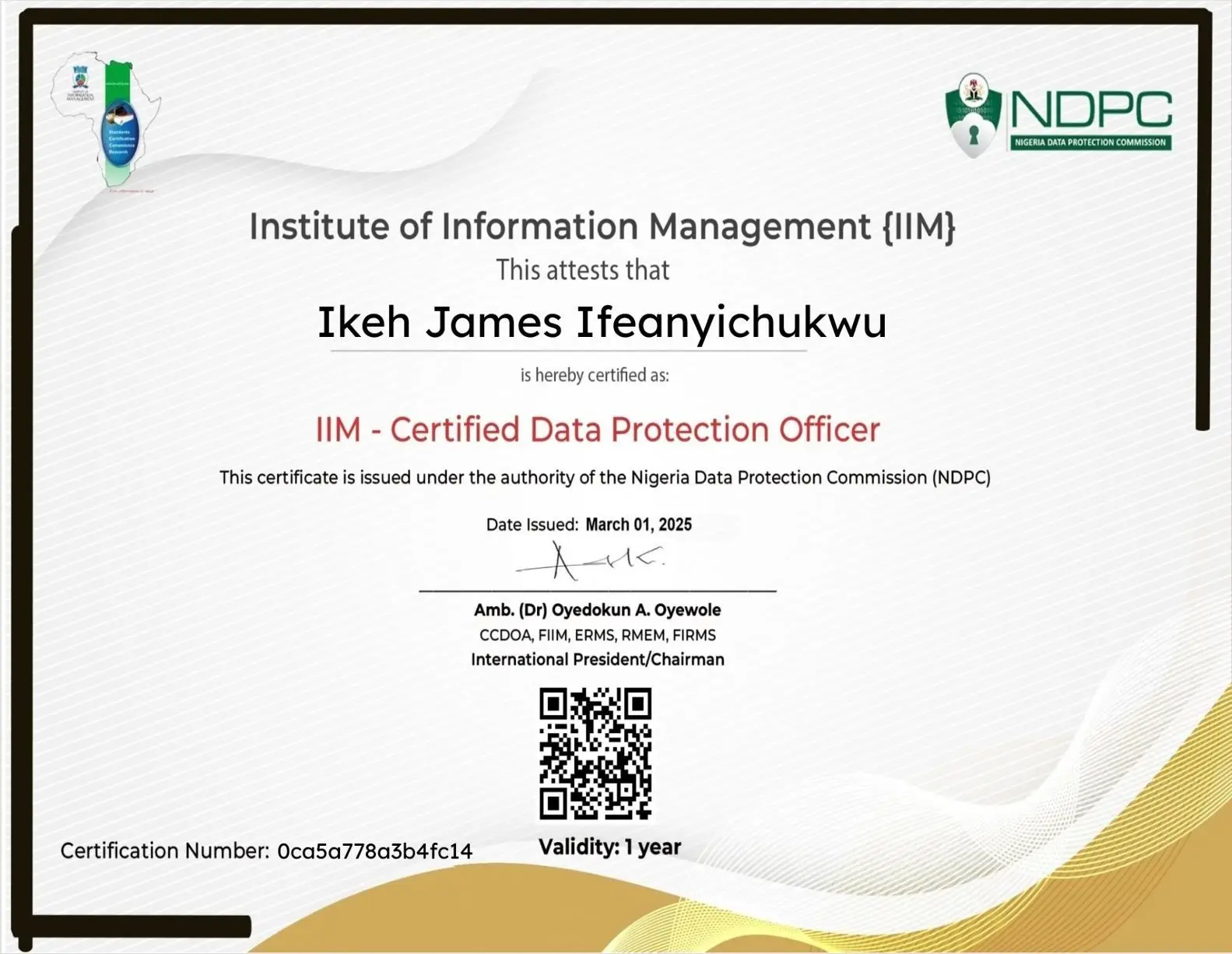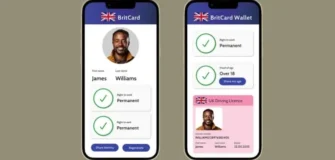Why Battery Life Still Sucks in Flagship Phones
Share

Despite having “flagship” status, unbeatable specs, and premium prices, many top-tier smartphones still struggle to deliver reliable battery life. Put simply: we’re still seeing phones die before the day is out, despite advancements in silicon, charging speed and display technology
Battery life in the smartphone world is often shorthand for usable runtime on a full charge, but also implicitly includes how the battery holds up over time (degradation). A few clarifications:
- Runtime: How long you can use the phone in everyday conditions (screen on, WiFi/5G, apps, standby).
- Capacity: The actual size of the battery (e.g., 5,000 mAh) and how much of that is usable.
- Efficiency: How much power the components + software draw for given usage.
- Degradation/health: Over months/years, batteries lose capacity and deliver less runtime.
Here are the major reasons flagships tend to under-deliver on battery life—even though on paper they have top-tier specs.
Power-hungry features & performance race
Flagship phones are pushed to win spec sheets: fastest processors, highest refresh-rate screens, brightest displays, multi-camera systems, etc. All of these draw more power.
- A 120 Hz (or higher) refresh-rate display uses more energy than 60 Hz when refreshing frequently.
- High-end SoCs (system-on-chips) operate at high clock speeds and may draw more power, even if more efficient per operation they simply get used more aggressively.
- 5G connectivity, multiple radios (WiFi, Bluetooth, ultra-wide band), always-on features: these background tasks add non-trivial draw.
Physical constraints & design compromises
Even though flagship phones have large batteries, manufacturers are balancing size, weight, thinness, heatsinks, camera modules, and materials (glass, metal). This often limits how large the battery can be or how well it cools.
- Thermal constraints: More powerful hardware generates more heat; when the battery or components heat up, efficiency drops and runtime suffers.
- Thin form factors: Premium phones aim for slim builds, which restrict battery pack size and also reduce margin for heat dissipation.
- Prioritizing other features: e.g., ultra-slim bezels, glass backs (for wireless charging), which may compromise insulation, battery size, and cooling.
Diminishing returns from battery capacity alone
Just increasing battery size (mAh) is not a guaranteed fix. Efficiency matters. You might have a 5,000 mAh versus 4,500 mAh battery, but if the phone uses 15% more power (due to higher refresh rate, stronger SoC, brighter screen, more processing), the net runtime may not improve significantly.
Research in smartphone battery-life modelling shows that usage patterns and system inefficiencies are big variable
Software, background tasks & inefficiencies
Hardware is only part of the equation. Even the best battery hardware suffers if the software side is inefficient.
- Background apps/processes may keep waking the device, scanning, syncing, using location services, etc.
- Operating system updates may increase power draw via new features (always-on displays, widgets, AI background tasks).
- Poorly optimized apps: One study found that 20.6% of energy issues in apps only manifest under specific contexts (network poor, background tasks) and can “double” energy cost.
Degradation over time
Even if a phone delivers solid battery life at launch, performance will degrade with usage.
- Lithium-ion batteries lose capacity with charge cycles, temperature stress, depth of discharge, etc.
- For example, some devices or manufacturers may throttle usable capacity or charging speed to extend battery life or prevent risk. One article noted that in the Google Pixel 10 series, a “Battery Health Assistance” feature kicks in after 200 charge cycles and gradually reduces usable capacity/voltage, contributing to shorter runtime.
- Real-user reports of “dramatic battery drop” even overnight with older devices indicate how degradation and software/firmware issues combine.
Pulling together the causes, here’s why flagship battery life still “sucks” in common user perception:
- The bar is too high. Users expect “all-day use” with heavy usage, multiple apps, social, video, camera, 5G etc. Manufacturers promise “day and a half” or “two-day battery” but real use often falls short.
- Real-world usage differs from lab tests. Battery test conditions (e.g., fixed brightness, WiFi only, no gaming) differ from actual use (bright sun, 5G, video streaming, background sync). So results inflate expectations.
- Features trade off against runtime. High refresh-rate displays, always-on displays (AOD), ultra high resolution, AI features—these all eat battery. Many users might not realise this until it’s too late.
- Heat & throttling. When phones heat up (intense gaming, 5G, warm environment), efficiency drops, battery capacity/voltage may be reduced to protect hardware, causing shorter life.
- Battery aging. After months of use, the battery doesn’t behave like “brand new” anymore. Many users of flagship devices upgrade after 1–2 years partly because battery life has degraded.
- Software updates & feature creep. New features post-launch (AI, background services, animations) may increase power draw unless carefully managed.
- Marketing vs transparency. Spec sheets list mAh, but rarely provide exact runtime in real-world heavy use. The promotional language (“day long battery”) is often vague.
What Can Manufacturers Do (And Are Doing)
From an expert vantage, here are key levers that OEMs (original equipment manufacturers) can and/or have been using to improve battery life and why it’s still not perfect.
- Larger battery packs: Some phones now include 6,000 mAh or more batteries. But bigger size means heavier device or thicker body/less premium feel, so trade-offs exist.
- More efficient chips: Each generation of SoC claims better performance per watt. Good progress, but since usage remains more intensive, the gains are partly offset.
- Adaptive refresh-rate screens / LTPO technology: Switching between 120Hz, 60Hz (or lower) depending on content helps save power. Example: in the Galaxy S25 Ultra, switching to 60Hz produced extra ~1 hour on test.
- Software power-management: Use of AI to optimise background tasks, sleep states, app behaviour. But effective execution varies across OS, manufacturer, geography.
- Battery management & degradation mitigation: Features like slow-charging, lower voltage thresholds, and capacity limits help extend lifespan but may sacrifice short-term runtime (see Google’s Battery Health Assistance).
- Efficient connectivity & network handling: Smarter 5G standby, improved modem efficiency, fewer background scans could reduce draw.
- Thermal management: Better cooling allows hardware to stay efficient rather than throttling; e.g., vapor chambers, better chassis materials.
- User-controlled settings: Allowing users to disable high refresh rates, limit background apps, control charging thresholds all help but many users don’t know to use them.
What You as a User Can Do
Understanding the technical realities helps you manage your expectations and behaviour—and get better battery life. Here are practical tips (experience-based):
- Use lower screen refresh rate or enable adaptive mode (if available). This may cost you a bit of “smoothness” but can save power.
- Lower screen brightness and/or enable automatic brightness. Displays remain among the largest power consumers.
- Limit background activity: Close or restrict apps that you don’t need. Use OS-level battery saver or app-inactivity settings.
- Avoid heavy 5G usage or constant ultra-high brightness outdoors when you don’t need it—5G modulation, high brightness both consume more power.
- Keep software updated: Bug fixes often include power optimisations.
- Monitor battery health: Some phones show “maximum capacity” after months of use. If your phone starts dying fast (even when lightly used), battery degradation may be significant.
- Consider charging habits: Avoid excessive heat, avoid frequent full 0-100% cycles, unplug when not needed (many manufacturers recommend keeping between ~20-80% for longevity).
- Use power-saving modes when needed: If you expect a long day away from charger, enable low-power mode proactively.
- Don’t buy purely on mAh spec: A huge battery size doesn’t guarantee two-day use if efficiency or usage patterns are poor.
FAQ
Q1: Does a higher mAh rating always mean better battery life?
No. A larger battery helps, but runtime depends on power draw (efficiency). If a phone uses 20% more power per hour than another, a 500 mAh larger battery may only balance out the difference.
Q2: Why do some phones degrade faster than others?
Factors include number of charge cycles, depth of discharge, temperature exposure, charging habits (fast charging generates more heat), and how well the OS manages battery health. As seen, features like the Pixel 10’s “Battery Health Assistance” actually reduce usable capacity to protect longevity.
Q3: Can I replace the battery in a flagship to restore runtime?
Yes most lithium-ion batteries lose capacity with use, and a replacement can restore “fresh” state performance. However, battery replacement may be costly and not all phones have easily user-replaceable modules.
Q4: Are there flagships that do deliver long battery life?
Yes some gaming-oriented phones (e.g., with huge batteries) or models prioritising battery over thinness can last longer. Example: list of “longest-lasting phones” included ~19h+ models. But these often sacrifice features or compactness.
Q5: Should I buy a non-flagship instead to get better battery life?
It depends on your priorities. Mid-range phones often have fewer high-power features (lower refresh rate, less aggressive SoC, maybe 4G/slow 5G) which means less drain. If battery life is your top priority, you may well get better real-world runtime from a less “feature-rich” phone.



































Leave a Reply